
Given its name, it wouldn’t be unreasonable to assume that the English pointer — that quintessentially British ‘bird dog’ portrayed so often in old sporting paintings in manor houses — is as much a product of UK soil as an oak tree. And it has its roots just as firmly entrenched.
However, while some of its blood might seep, sap-like, from early English hunting dogs, it is very much a product of imported dogs from the Continent and, in particular, Spain.
Colonel David Hancock, author, writer and dog historian, quotes Gaston Phoebus, the famous Comte de Foix who, at the end of the 14th century, wrote: “And as one talks of a greyhound of Britain, the… bird dogs come from Spain.” From that and other sources, Col Hancock concludes that once “Spain was producing the best bird dogs and dominating the European market…”
Popularity tends to be fickle. In the Daily Telegraph on 16 November 2019, Patrick Sawer reported: “Britain’s dog owners have fallen out of love with the English pointer — so much so that dog welfare groups fear it could even become extinct.”
His comment may be true; English pointers and setters are perhaps more widely appreciated abroad than they are here — yet continental hunt, point and retrieve (HPR) breeds such as the German wirehaired pointer are increasingly more popular in the UK as working dogs. It’s a strange two-way trade.
Imported spaniels
Politicians and business gurus might talk of ‘import’ and ‘export’. As with the question of why the HPR breeds have possibly knocked the English pointer from its pedestal, there’s another one to pose. Why, when we have the English, Welsh, Sussex, Clumber and cocker spaniels, have UK sportsmen felt the need to import and work the likes of the Brittany spaniel, for example?
Denne historien er fra January 02, 2020-utgaven av Shooting Times & Country.
Start din 7-dagers gratis prøveperiode på Magzter GOLD for å få tilgang til tusenvis av utvalgte premiumhistorier og 9000+ magasiner og aviser.
Allerede abonnent ? Logg på
Denne historien er fra January 02, 2020-utgaven av Shooting Times & Country.
Start din 7-dagers gratis prøveperiode på Magzter GOLD for å få tilgang til tusenvis av utvalgte premiumhistorier og 9000+ magasiner og aviser.
Allerede abonnent? Logg på
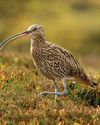
United we stand
Following United Utilities' decision to end grouse shooting on its land, Lindsay Waddell asks what will happen if we ignore our vital moors

Serious matters
An old gamebook prompts a contemplation on punt-gunning
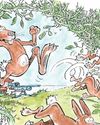
They're not always as easy as they seem
While coneys of the furry variety don't pose a problem for Blue Zulu, he's left frustrated once again by bolting bunnies of the clay sort
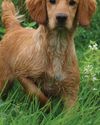
Debutant gundogs
There's lots to think about when it comes to making the decision about when to introduce your dog to shooting
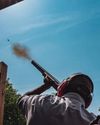
When the going gets rough
Al Gabriel returns to the West London Shooting School to brush up on his rough shooting technique

The Field Guide To British Deer - BDS 60th Anniversary Edition
In this excerpt from the 60th anniversary edition of the BDS's Field Guide To British Deer, Charles Smith-Jones considers the noise they make
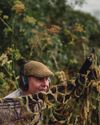
A step too far?
Simon Garnham wonders whether a new dog, a new gun and two different fields in need of protection might have been asking too much for one afternoon's work
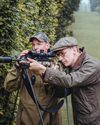
Two bucks before breakfast
A journey from old South London to rural Hertfordshire to stalk muntjac suggests that the two aren't as far detached as they might seem
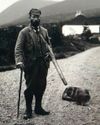
Stalking Diary
Stalkers can be a sentimental bunch, and they often carry a huge attachment to their hill

Gamekeeper
Alan Edwards believes unique, private experiences can help keepers become more competent and passionate custodians of the countryside